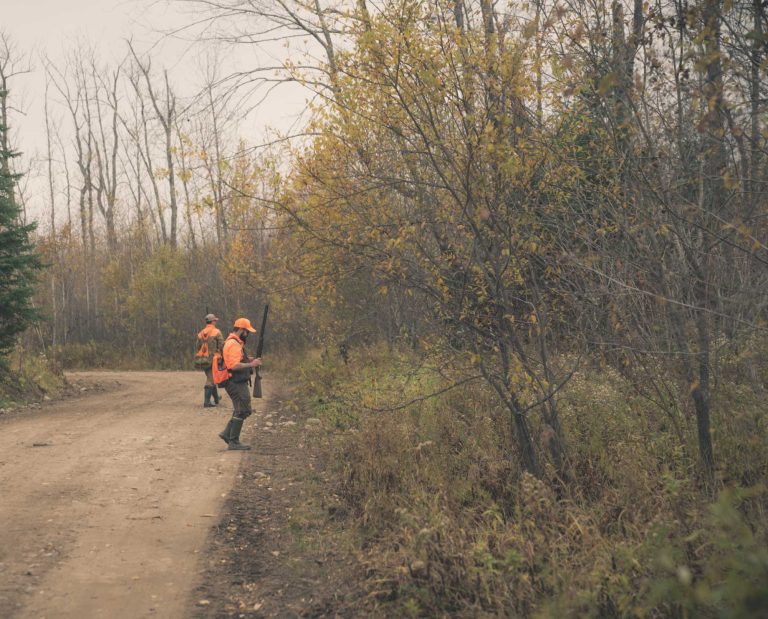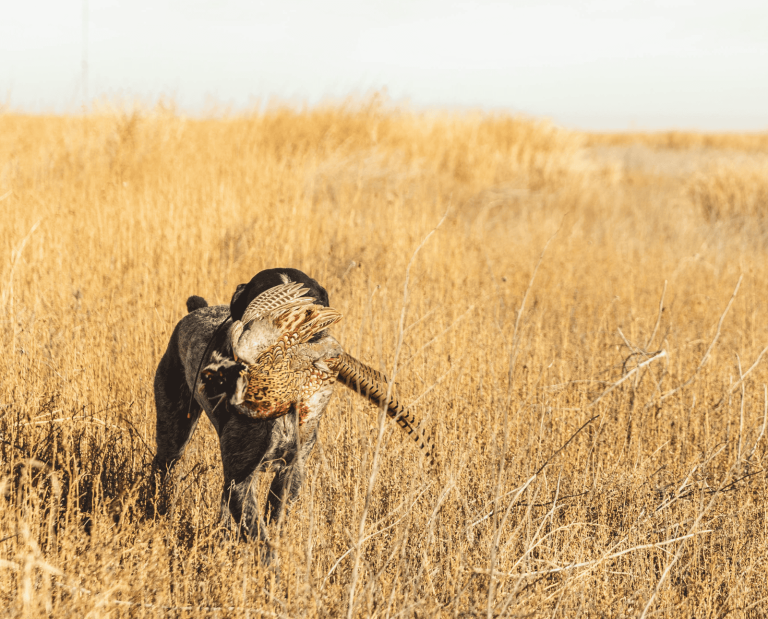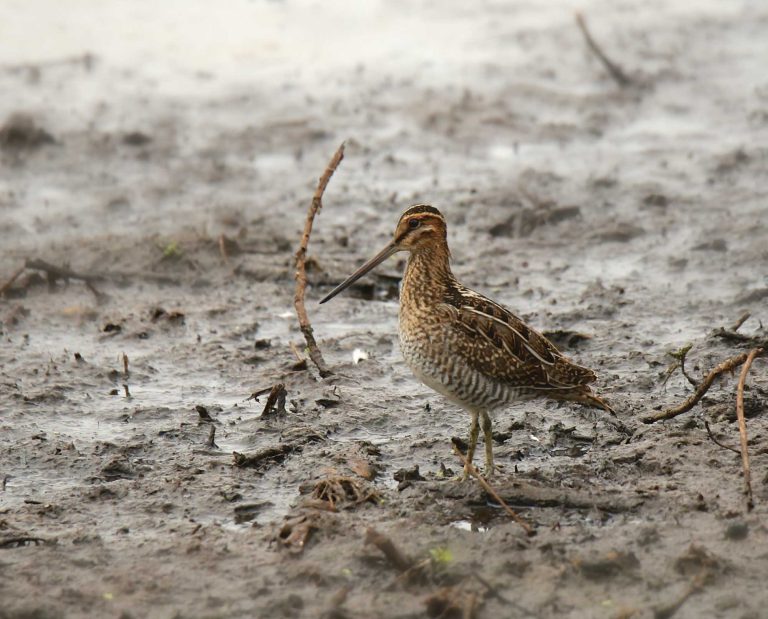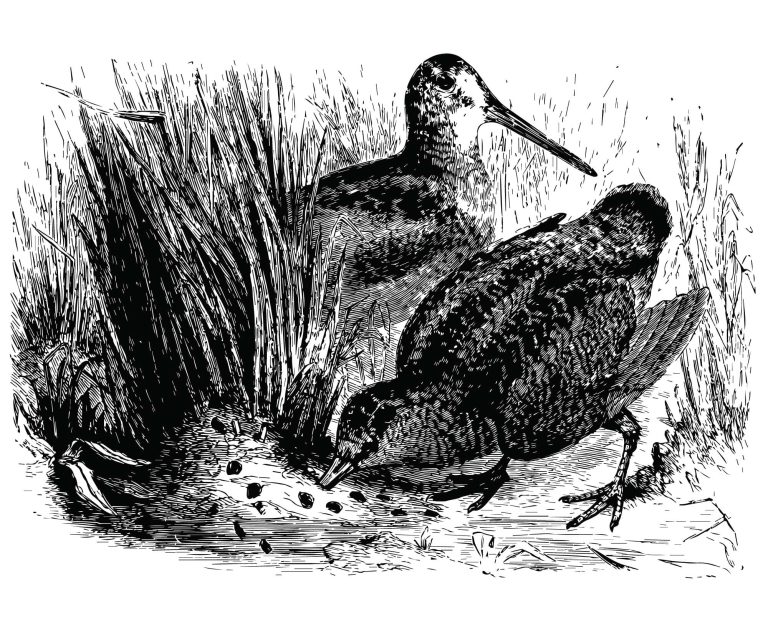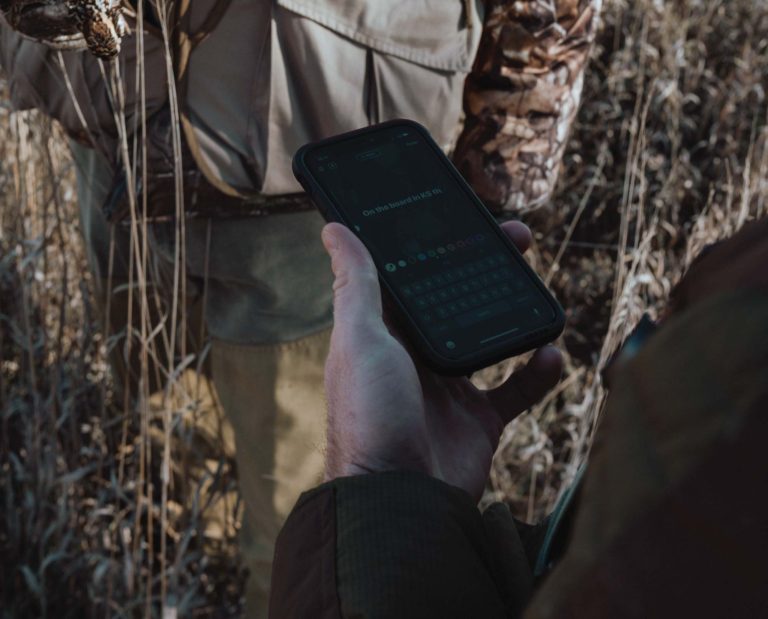Dove Hunting Basics for Public Land
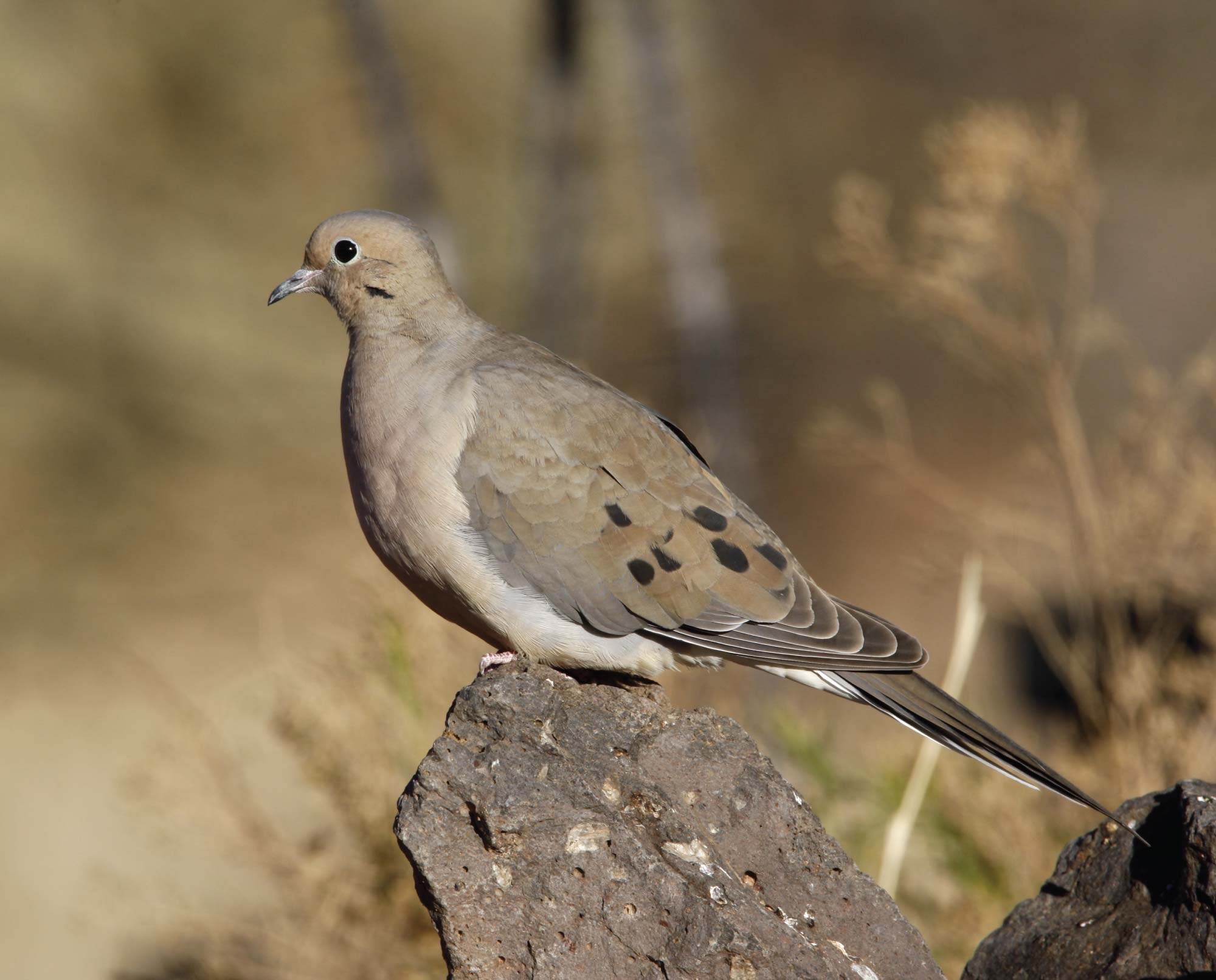
Follow these dove hunting basics to shoot enough birds for dinner
Too often hunters show up at a dove field and simply sit in the first patch of shade they find. If they paid attention to other factors, they might do more shooting than waiting!
Oftentimes, those chasing September mourning dove show up at a dove field, leave their vehicles and make a mad dash to find a place out of the sun. There is little thought given to other components that may affect the outcomes of the day. Once the action begins, it starts to set in that poor choices were made haphazardly. Hunters who find themselves in the wrong place in the field become frustrated while watching fellow dove hunters enjoying fast-and-furious shooting action. The slight reprieve only coming from one or two doves straying unwittingly close to their position.
This scenario doesn’t have to play out like this. Dove hunters are typically controlled to a first-come/first-serve dove shoot on a public land field. If this is the instance, the trick to overcoming the limitations is through preparation and recognizing strategies that can be applied in the dove fields. These ideals or standards can change the aspect of a hunt to more of a shoot.
Scout for doves
With dove hunting, scouting is harped on a lot, and for good reason. It pays for dove hunters to familiarize themselves with the general layout of the field or area they are going to hunt. Look for those special features in the landscape that affect the flight paths and patterns of doves. Know where the doves are entering and leaving. Where doves concentrate in a given field is vital. Showing up “blind” without any type of preparations when others have a plan, the odds will be against those with no forethought. This is not to say the actions of doves can be altered, especially when under pressure when avoiding flying steel pellets.
Pre-scouting should provide hunters with two or three ideal spots to set up. Where legal, dove hunters should arrive early prior to legal shooting light. Waiting for the magic hour when the sun is peeking up over the horizon and those rays of sunshine hit the dove field is nature’s way of signalling the start to dove season. Being in the best spot that one can be in can make all the difference when taking aim on those feathered gray rockets.
Avoid the light
Before a dove hunter haphazardly tosses their bucket onto the ground and sets out an array of plastic dove decoys in their prime hunting spot, they must consider their position in regards to the sun. Let the sun and its relationship to where dove hunters set up be high on your list of critical factors when you arrive. Those who arrive first and have their choice of locations should favor a location for keeping the sun at their back. Dove hunters shouldn’t hinder themselves in making the situation any more difficult by having to stare into the glare of the morning or afternoon sun..
Field formation
Dove hunting fields typically contain certain physical arrangements that draw and hold birds. Things such as topographical features, contours of the land, and flight paths are all interlinked, playing off each other. There is always going to be something specific that will draw doves to a certain location.
Whether it’s the type of feed, or a grove of trees for “loafing,” a nearby power line cutting across a field or even a change in the land itself, these “ideal” locations provide options for dove hunters when setting up. An often overlooked set up location is near open areas of ground. Doves must have gravel or grit which is essential to aiding in digestion. Such prime locations can act as a magnet.
Blend in or camo up
Wearing the latest trendy camouflage pattern doesn’t necessarily mean success in the field. Drab-colored shades work well in the dove fields. Though the art of blending in is much more important to consider when dove hunting, I often wear hues of brown and green as opposed to camo. The ideal is to mask yourself in your environment. Use your natural surroundings. Doves can see color and will flare when bright-hued clothing sticks out from its surroundings. Blaze orange has its place when walking out into a field for safety reasons, especially when young or new hunters are involved. But once a spot is chosen, hunter orange should be put away.
Avoid movement
The best camo pattern in the world is worthless if the person wearing it cannot keep still while dove hunting. Fidgeting, getting up or stepping out to see what’s going on will be the demise of the dove hunter. The goal of wearing camouflage is to break up your outline, but moving around will defeat that and alert the birds to bank and change their flight. Remain still when a bird or flock is in view or approaching. Overexposure to hunting pressure will cause doves to become wary on their approach to fields and cause them to relocate.
Most successful dove hunters are the folks who show up everyday during dove hunting season with a plan. They have studied the outlying land and fields, and habits and movements of doves. They have learned from mistakes. Through preparation, the dove hunter who follows the basic standards and ideals in the field will be the wingshooter with a pile of gray birds at their feet, and not among those who are gazing at a birdless sky because of mistakes made.



